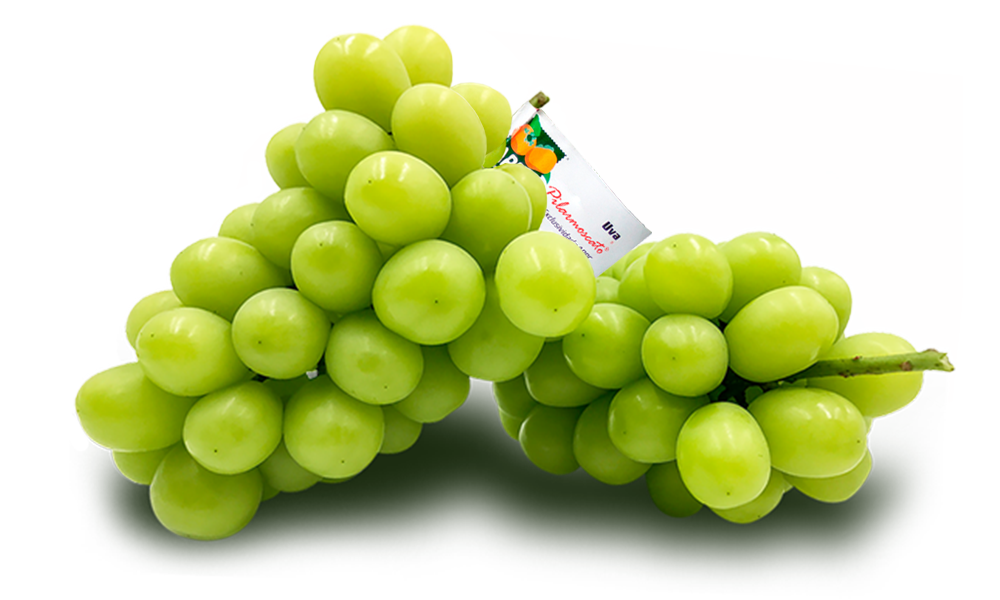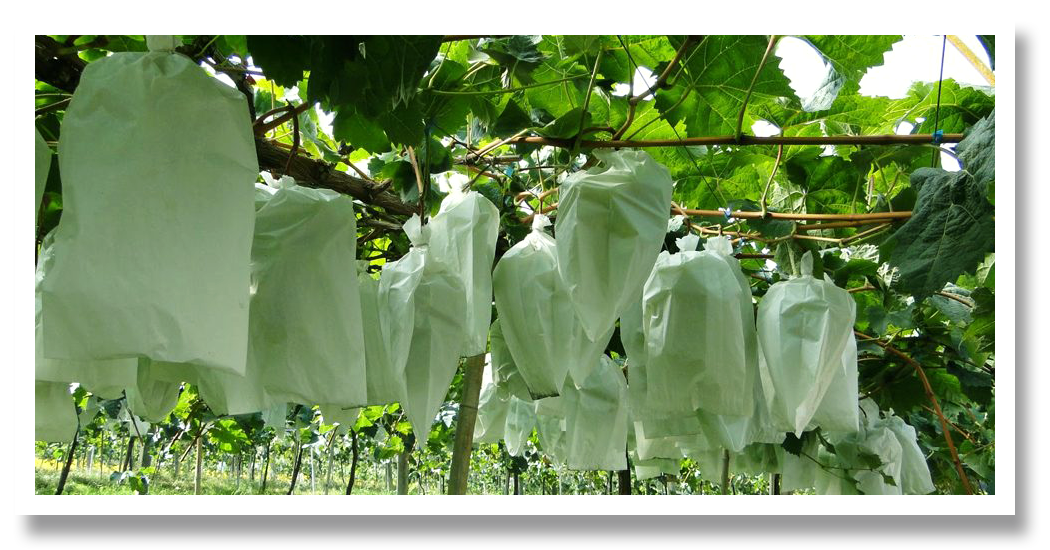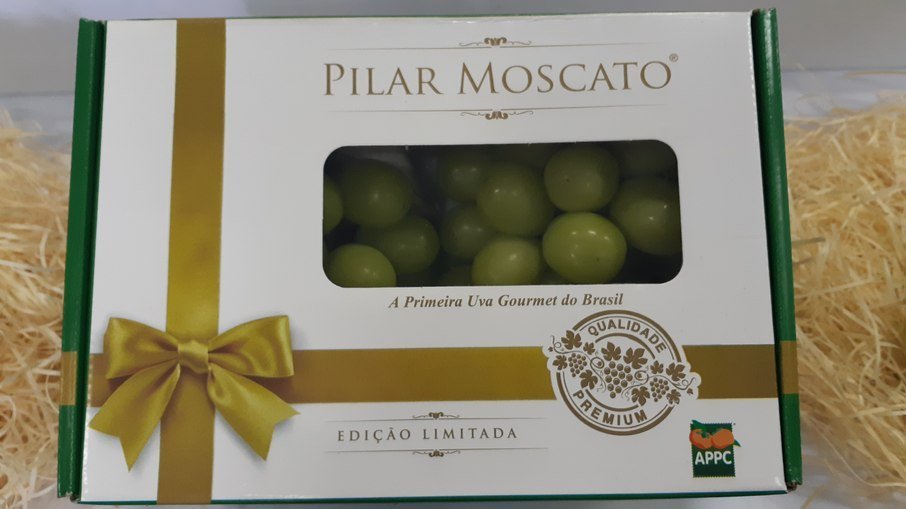
PILARMOSCATO
THE FIRST
GOURMET GRAPE
OF BRAZIL
Produced exclusively by producers of the APPC Agroindustrial Cooperative, in Pilar do Sul, Pilarmoscato® is the first gourmet grape in Brazil. Its commercial production started in 2011 and the great acceptance by the consumer market made it become the main product of the cooperative. Because it is very demanding in care, only a select group of winegrowers, who have proven experience in producing quality grapes, are successful and produce it with the required quality.

WHERE TO FIND
Variety
exclusive APPC
The APPC007 Estela variety is an APPC exclusive grape, produced only by producers associated with the APPC Agroindustrial Cooperative, in the Pilar do Sul nucleus. THE Pilarmoscato®is an extremely demanding grape in care and only a select group of winegrowers, with proven experience in producing quality grapes are able to produce with the required quality.

Production and Care
We highlight in a special way the production process and the care for each bunch, which make Pilarmoscato® a grape with much more flavor and quality.

Production process
The production of Pilarmoscato® requires special care and more refined production techniques. Each bunch is handcrafted. Thinning is completely manual and the so-called “comb” is not used, as it can deform the bunch. Thus, a large number of specially trained labor is required.

Extra protection in the vineyard
Todo o parreiral é protegido com telas anti-granizo e anti-pássaros. Além disso, por ser uma variedade muito sensível ao ataque de fungos, é utilizada uma cobertura plástica, o que evita que as folhas sejam molhadas e assim, é possível evitar, ao máximo, a aplicação de fungicidas. Em períodos chuvosos, o chão do parreiral também recebe uma manta plástica para impedir que as bagas de uvas rachem.

Extra curl protection
The bunches of the grapes are individually bagged to ensure that they are protected from sun, rain, insect attacks, diseases and phytosanitary products that may be applied. In rainy periods, the bunches receive extra protection, with the placement of "Kassa" or "Chinese Hat" that prevents the bunches from getting wet and rotting.

Measurement of sweetness done bunch by bunch
At harvest time, the degree of sweetness is measured using refractometers. The bunches are measured one by one and harvested only with Brix from 18 degrees.

Fairer rating
Depending on the berry size, bunch size, bunch shape, coloring and other technical criteria, the APPC007 Estela variety is classified into Pilarmoscato® Super Premium, Premium, Ouro and Moscatinho.

More quality on your table
All these precautions result in an extremely sweet grape, with low acidity, large and shiny berries, little or no seed and which can be consumed with the peel, ensuring much more quality and flavor on your table.
Traceability

Thinking about your family's food security, we offer the origin of our products through food traceability
BLOG
18 de January de 2022
Grande parte de nossos produtores possuem ascendência japonesa e como forma de honrar todos os ensinamentos integrantes dessa rica cultura, prezamos por sempre agradecer por cada […]
23 de March de 2021
The Cacho Perfeito Contest, is an internal contest of the APPC Agroindustrial Cooperative, in which all our members can participate, and whose objective is to reward the […]
23 de March de 2021
Material elaborated on the iG Agro portal “In the search for quality, all bunches are evaluated and packed individually and manually. The city of Pilar do […]
15 de January de 2021
APPC AGROINDUSTRIAL COOPERATIVE PROMOTES LIVE FROM THE START OF THE HARVEST OF THE UVA PILARMOSCATO 2021 The APPC Agroindustrial Cooperative decided to innovate and provided a live on its […]
15 de January de 2021
On December 22, 2020, Rural Producer Tamon Alan Morioka of Cooperativa Agroindustrial APPC, along with Amauri Vieira, Group Marketing Manager […]
8 de November de 2019
Brix (symbol ° Bx) is a numerical scale that measures the amount of soluble solids (basically understood as sugar or sucrose) in a fruit, in sugarcane, in […]
8 de November de 2019
Uma das mais antigas frutas descobertas pela humanidade, a uva é o fruto da árvore Videira, planta da espécie Vitis Vinifera. Teve seus primeiros registros há […]



















